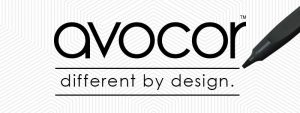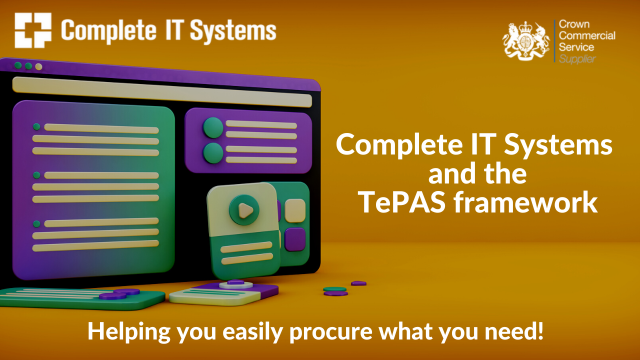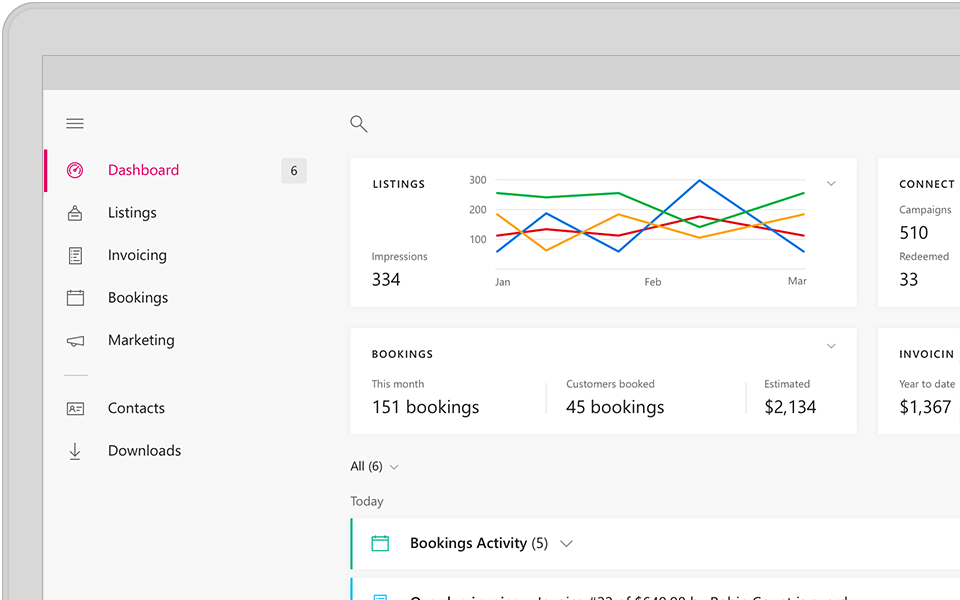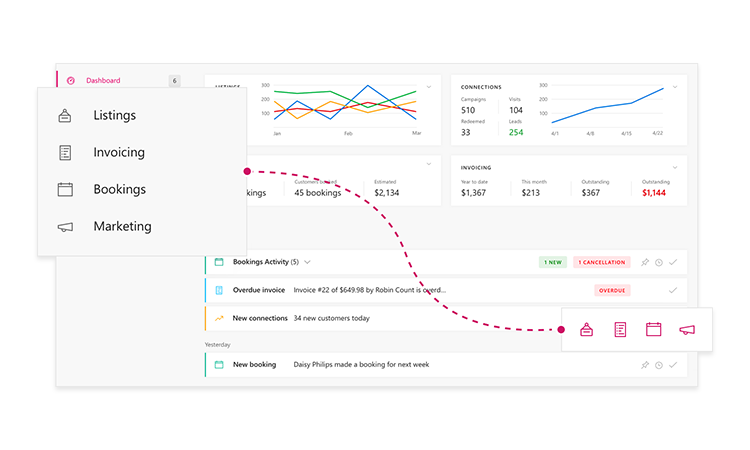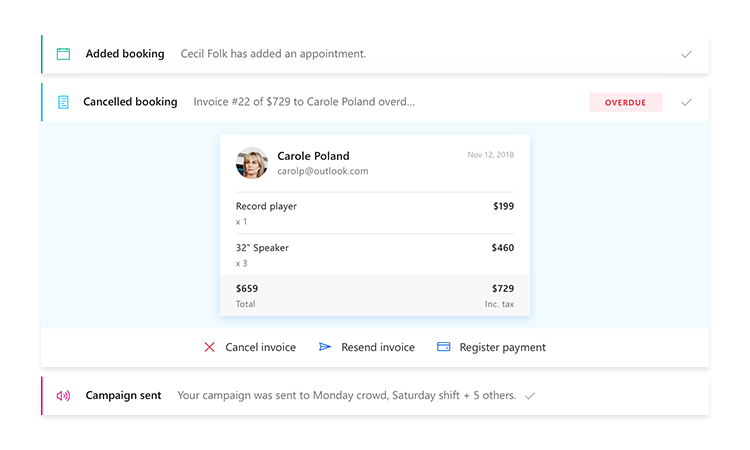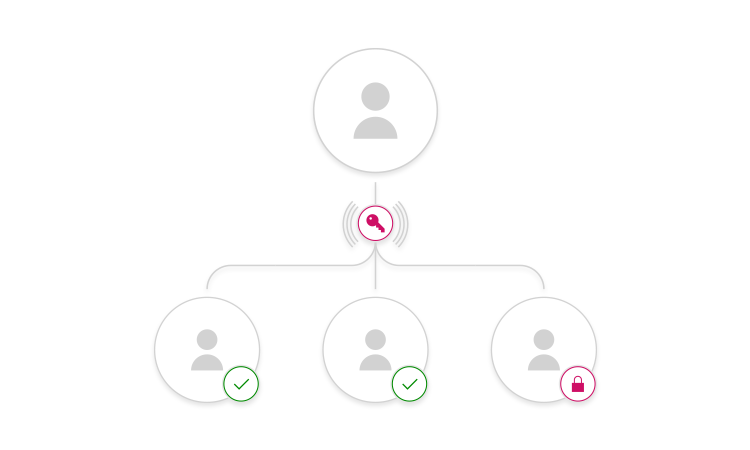Using technology in the classroom – part 1
Over recent years, types of technology in the classroom have vastly improved. Increasing numbers of schools are turning away from traditional whiteboards, projectors, and textbooks and embracing interactive displays, and laptops and tablets instead. For educator’s technology is a fantastic way to modernise teaching strategies and offer the best possible learning experience to students. In this article we’re going to take a look at the many ways to integrate technology in the classroom.
There are many benefits of using technology in the classroom, with the biggest being higher rates of student engagement. Technology can allow for more interaction because it offers more versatile teaching and learning methods than the traditional lecture environment.
Flexible resources
With interactive classroom displays, teachers can showcase various different types of media – from simple text documents to videos, games, and apps – and annotate directly on the board as they go. Students can also be encouraged to interact directly with onscreen content or display their own with minimal setup time. When students feel more involved with the educational content, they’re far more likely to retain knowledge and have a more valuable learning experience.
Heightened skills
Using technology in the classroom is also a brilliant way to teach students important life skills. Collaborative learning technology encourages students to work with others, share ideas, solve problems, and think critically. Plus, it helps them to develop practical skills using state of the art technology.
From creating presentations to crafting professional emails, children can be taught how to interact with technology in a way that is vital for 21st century living. Furthermore, these activities and learning experiences provide excellent opportunities for teaching kids how to stay safe online.
Versatile teaching methods
Finally, technology in schools makes it easier for teachers to understand their students’ best learning styles. With so many versatile apps, games, quizzes, and media types being accessible in the classroom, students have an opportunity to experience a range of teaching styles and understand their favourite ways of learning. Teachers can use this information to tailor their teaching methods for each of their classes or even individual students.
Now we understand some of the benefits of using technology in the classroom, let’s talk about integrating it. Here are seven ideas for using technology in the classroom that could work for both primary and secondary schools.
Virtual field trips
School field trips can be hugely valuable learning opportunities, but they’re not always financially or logistically viable. One of the most popular ways to integrate technology into the classroom is to use it to provide virtual field trips. With the help of Google Maps, YouTube videos, or even video conferencing solutions, it is possible to create field trip experiences without ever leaving the classroom.
Interactive classroom displays can allow schools to arrange live video presentations with people all over the country or even the world. This makes it possible for students to learn about places, people, or processes in much the same way they would on field trips.
We’ll visit more ways of using technology in the classroom in part 2 of our blog.
This content is provided from the ever-excellent Avocor blog.
Want to learn more?
Complete IT Systems have a team of Avocor specialists on hand to demo the solution, discuss business benefits and help you understand how the technology works for your organisation. There’s also a great range of resources available on the Avocor blog.
Give us a call on 01274 396 213 or use our contact form to discuss your requirements with us.
